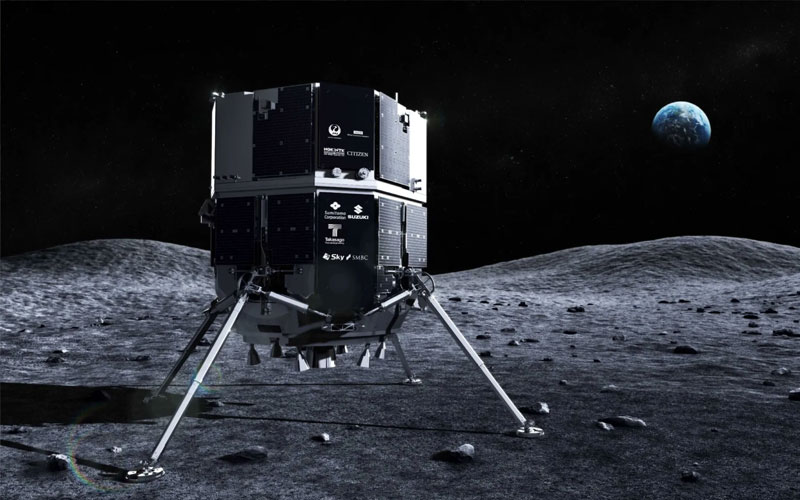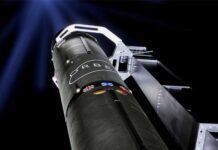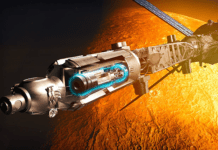
The UK Space Agency has committed £7.4 million in contributions to eight international missions that will explore the Moon, Mars, Venus, and our Universe.
“From exploring water on Mars and the possibility of sustained human activity on the red planet to how galaxies evolved over time, our more than £7 million investment is pushing the boundaries of space discovery and putting the UK at the heart of some of the most important global space missions,” said Minister for Space Andrew Griffith.
UKSA published a call for proposals for its new Bilateral Space Science and Exploration Missions initiative in October 2022. The call was part of the agency’s introduction of a new funding line specifically focused on the development of new space science and space exploration missions “featuring bilateral agreements with international space agencies outside of ESA.” According to the call, the intent was to complement the country’s activities within ESA and to “provide additional opportunities for the UK R&D community to participate in science and exploration missions.”
Prior to this most recent announcement, a total of £400,000 in initial funding had already been awarded.
Within the £7.4 million in total funding, the largest single award was £2 million that went to the Canadian Space Agency-led International Mars Ice Mapper (I-MIM) mission. The Open University will utilize the funding to develop high-performance detectors for the Mars multispectral and stereo imager instrument.
The Raman Analytical Spectroscopy instrument and CosmoCube projects received £1.5 million in funding each.
Development of the Raman Analytical Spectroscopy instrument will be led by the University of Leicester for Japan’s iSpace lander. The instrument will aid small landers with the exploration of the lunar surface for the purpose of in-situ resource utilization.
CosmosCube is a project led by the University of Cambridge with contributions from NASA. The project aims to utilize a precision radiometer to measure spectral distortion in the Universe’s cosmic microwave background. The CosmosCube team hopes to use the data gathered to better understand the behaviour of the early universe.
The only other project to receive over £1 million in funding was a University of Sussex-led endeavour that aims to prepare superconducting detectors, detector systems, optics, filters, and data pipelines for a potential probe mission. The mission is being developed with NASA and will investigate the formation of planetary systems and the evolution of galaxies.
The last four missions to receive funding were Star-X, which received £650,000 in funding, HABIT, which received £320,000, and India’s Chandrayaan-2 and Shukrayaan missions, which together received £306,000.
Star-X is being developed by the University of Leicester in collaboration with NASA and will include a selection of high-level science data products that will be accessible via a web portal.
HABIT is a project being developed by JAXA with an instrument contribution from the University of Aberdeen. The mission will include a Mars rover and lander and will study the planet’s water cycle, chemistry, and habitability.
Finally, for India’s Chandrayaan-2 Moon mission and Shukrayaan mission to Venus, Royal Holloway will utilize the funding to process multi-band radar and develop analysis software.




